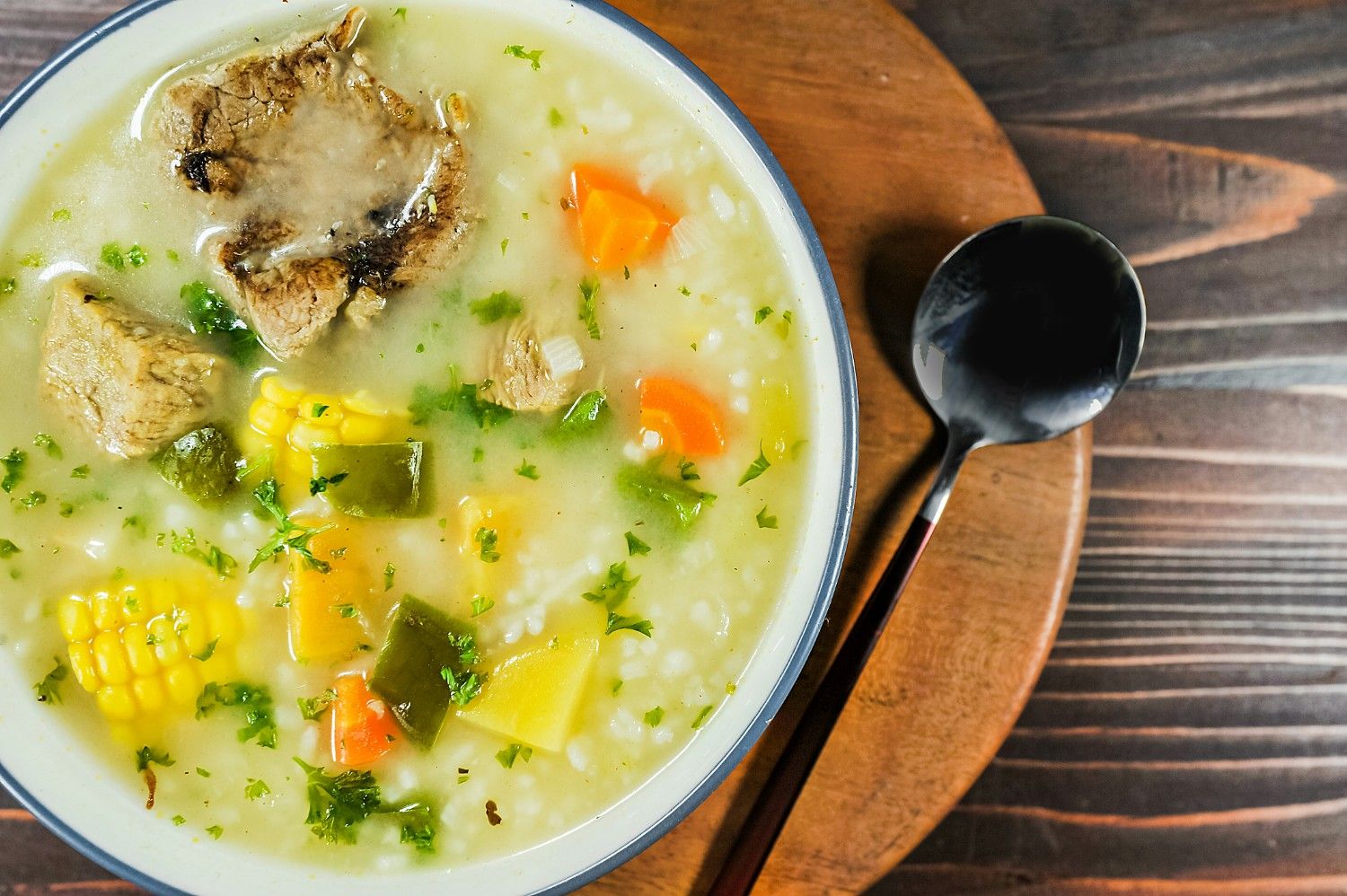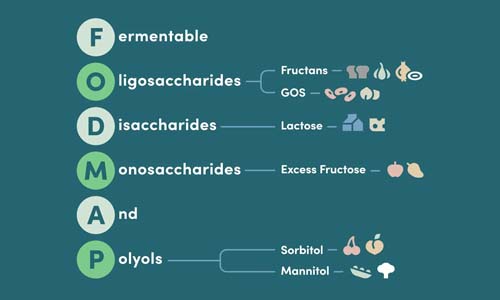How to Use Bone Broth: A Gourmet Guide to Flavor

Key Takeaways
- Bone broth is made by simmering animal bones and connective tissue for over 12 hours.
- This slow cooking method extracts collagen, gelatin, and minerals not found in regular broths.
- Bone broth has a unique nutritional density and a rich, gelatinous texture when cooled.
- Understanding how to use bone broth involves appreciating its health benefits and texture.
Table of Contents
- What Is Bone Broth, and Why Does It Matter?
- Top Health Benefits: What Science & Our Customers Say
- How to Use Bone Broth: Everyday Ways for Bold Gourmet Flavor
- Gourmet Sipping: How to Enjoy Bone Broth as a Beverage
- Bone Broth in Specialized Diets: Low FODMAP, Gluten Free, and Beyond
- Cooking With Bone Broth: Advanced Tips for Home Chefs
- Bone Broth Comparison: Types, Nutrition, and Culinary Applications
- Recipe Inspiration: Low FODMAP Bone Broth Creations
- Troubleshooting Common Bone Broth Challenges
What Is Bone Broth, and Why Does It Matter?
Bone broth transforms animal bones, connective tissue, and water into liquid gold through 12+ hours of slow simmering. This ancient cooking method extracts collagen, gelatin, and minerals that regular broths simply can't match. Understanding how to use bone broth starts with recognizing its unique nutritional density and rich, gelatinous texture when cooled.
For a deeper dive into the nutritional differences, see this comparison of chicken stock vs broth and how each can impact your recipes.
| Type | Simmer Time | Primary Ingredients | Texture When Cooled |
|---|---|---|---|
| Regular Broth | 1-2 hours | Meat, vegetables | Liquid |
| Stock | 3-4 hours | Bones, vegetables | Slightly thick |
| Bone Broth | 12-24 hours | Bones, connective tissue | Gelatinous |
At Gourmend Foods, we craft our bone broths without high FODMAP ingredients like garlic bulbs or onions. Instead, we use chive sprigs, scallion greens, and leek greens for onion-like depth, plus nori seaweed and oyster mushrooms for umami richness. This clean-label approach delivers gourmet flavor that's gentle on sensitive digestive systems.
Top Health Benefits: What Science & Our Customers Say

Bone broth delivers collagen, gelatin, and amino acids like glycine, proline, and glutamine, nutrients that support easier digestion and less bloating. One cup provides approximately 9 grams of protein plus trace minerals including calcium, potassium, and magnesium extracted from bones during the long simmer.
Research suggests glycine may support better sleep quality, while collagen contributes to skin, joint, and bone maintenance. Our Gourmend customers consistently report improved comfort during meals and sustained satiety from the protein content.
Daily Intake Guide: Most people enjoy 1-2 cups daily. Start with smaller portions if you're new to bone broth, and consult your healthcare provider if you're on medications or have specific dietary restrictions.
Unlike poorly made broths that may contain lead or bacteria, Gourmend's clean process is rigorously tested. Our low FODMAP formulation means you get bold flavor without the digestive distress that garlic and onion-heavy broths can trigger.
How to Use Bone Broth: Everyday Ways for Bold Gourmet Flavor
Replace water or plain stock with bone broth to boost richness, protein, and gut comfort in any dish. This simple swap transforms ordinary cooking into gourmet experiences while supporting digestive wellness. For more ideas on maximizing flavor and nutrition, explore our guide to the best bone broth options available.
Grain Cooking: Use 2 cups bone broth per 1 cup of rice, quinoa, or oats. The result is deeply flavored grains with added protein and minerals.
Vegetable Enhancement: Add ¼ cup bone broth to your sauté pan when cooking vegetables. Simmer for 2 minutes to create an instant glaze that intensifies natural flavors.
Pan Deglazing: Pour ⅓ cup bone broth into hot pans after cooking meat or vegetables. Scrape up the browned bits for an instant, restaurant-quality sauce.
For low FODMAP cooking, skip traditional aromatics like garlic bulbs and onions. Instead, use chive sprigs and green leek tops for oniony depth. When adding legumes, stick to less than ⅓ cup cooked lentils per serving to maintain digestive comfort.
Gourmet Sipping: How to Enjoy Bone Broth as a Beverage
Sipping warm bone broth provides hydration, comfort, and easy-to-digest nutrition, perfect for breakfast, afternoon resets, or cold-weather comfort. Heat 1 cup in a mug using microwave (1-2 minutes) or stovetop (4 minutes).
Flavor Enhancers: Add a pinch of salt, squeeze of lemon, swirl of olive oil, or sprinkle of fresh herbs. For heat lovers, a dash of chili flakes transforms your cup into a warming tonic.
Keep individual portions frozen for convenience. Sip slowly to maximize the satiety benefits, especially helpful during low FODMAP elimination phases when meal options feel limited.
Bone Broth in Specialized Diets: Low FODMAP, Gluten Free, and Beyond

Bone broth serves multiple dietary needs, from IBS management to intermittent fasting support. For fasting protocols, sip 1 cup every 4-6 hours to maintain energy and hydration without breaking your fast. If you're interested in structured approaches, learn more about the bone broth diet and its potential benefits.
Low FODMAP dieters benefit from broths made with chive sprigs, green leek tops, and garlic-chive stems, never garlic bulbs, onions, or shallots. This approach delivers the savory depth you crave without triggering digestive symptoms.
Cooking With Bone Broth: Advanced Tips for Home Chefs
Transform ordinary dishes into gourmet experiences by reducing bone broth into concentrated flavor bases. Simmer 2 cups down to 1 cup over 10-12 minutes for an instant sauce that coats proteins or vegetables with rich, glossy finish. This technique intensifies both flavor and nutritional density.
Master the art of flavor layering by using bone broth to bloom spices. Add ½ cup warm broth to your spice mixture, simmer for 2 minutes, then proceed with your recipe. This releases essential oils more effectively than dry-toasting alone. For controlled flavoring, freeze bone broth in ice cube trays, 2-3 cubes per dish provides precise seasoning without overwhelming delicate preparations.
Grain cookery benefits from strategic broth ratios. Use 1:1 broth-to-water for subtle enhancement, or go 2:1 for restaurant-quality richness. Avoid diluting with plain water unless the flavor becomes too intense, Gourmend's balanced seasoning rarely requires toning down. Always taste before adding extra salt, as the natural sodium content provides excellent baseline seasoning. For those seeking lower sodium options, see our tips for low sodium bone broth and how to adjust recipes accordingly.
Bone Broth Comparison: Types, Nutrition, and Culinary Applications
Understanding different bone broth varieties helps optimize your culinary results. Chicken bone broth offers bright, clean flavors perfect for morning sips and delicate grain dishes, while beef bone broth provides robust, umami-rich depth ideal for hearty stews and risottos. Each brings distinct amino acid profiles and cooking applications. For a scientific perspective on bone broth's nutritional value, see this peer-reviewed study.
Gourmend Chicken Bone Broth - Clean & Versatile
| Type | Flavor Profile | Best Culinary Uses | Protein Content | Special Benefits |
|---|---|---|---|---|
| Chicken Bone Broth | Light, clean, versatile | Grains, sipping, delicate soups | 9g per cup | Gentle on digestion |
| Beef Bone Broth | Rich, umami, robust | Stews, risotto, hearty dishes | 9g per cup | Higher collagen content |
| Vegetable Broth | Plant-forward, mineral-rich | Vegan dishes, light cooking | 2g per cup | Plant-based option |
| Store-bought vs. Homemade | Consistent vs. Variable | Convenience vs. Control | Standardized vs. Variable | Safety tested vs. Time investment |
Gourmend's shelf-stable bone broth cartons represent the gold standard for store-bought options. Unlike conventional boxed broths that rely on artificial flavors, our 12+ hour simmering process extracts maximum collagen while maintaining clean-label integrity. The addition of nori seaweed and oyster mushrooms creates natural umami depth without high FODMAP ingredients.
Why Gourmend Sets the Gourmet Standard
Traditional bone broth recipes use garlic bulbs and onions, ingredients that trigger IBS symptoms in millions. Gourmend's innovative approach with chive sprigs, scallion greens, and leek greens delivers the same savory complexity while supporting digestive wellness.
When selecting bone broth types, consider your intended application. Chicken works beautifully for morning oats and afternoon sipping, while beef bone broth elevates winter stews and grain-based risottos. Both provide identical protein content but distinct flavor foundations for creative cooking. For more background, you can also read the Wikipedia entry on bone broth.
Recipe Inspiration: Low FODMAP Bone Broth Creations

Transform everyday cooking with these tested combinations that showcase versatile uses for bone broth. Each recipe emphasizes digestive comfort without sacrificing gourmet appeal, perfect for both seasoned low FODMAP followers and curious newcomers.
Savory Morning Grain Bowl: Cook ½ cup quinoa in 1 cup Gourmend chicken bone broth, top with sautéed spinach and a poached egg. The bone broth replaces plain water for protein-rich breakfast satisfaction that sustains energy through lunch.
Quick Low FODMAP Risotto: Use 3 cups beef bone broth to cook 1 cup Arborio rice, stirring frequently. Add chive sprigs and green leek tops for oniony depth. This technique delivers restaurant-quality results in 25 minutes without digestive triggers.
Weeknight Chicken Soup: Combine 4 cups chicken bone broth with diced carrots, celery, and cooked rice. Season with fresh herbs and lemon juice. Perfect for meal prep, portion into containers for grab-and-go lunches that reheat beautifully.
Healing Sipping Cup: Warm 1 cup bone broth with a squeeze of lemon, pinch of sea salt, and fresh chive sprigs. This simple preparation maximizes how to use bone broth for both comfort and nutrition during stressful periods or seasonal transitions.
Find complete recipes and conversion tools at our low FODMAP recipe collection and recipe conversion tool for adapting your family favorites.
Troubleshooting Common Bone Broth Challenges
Even quality bone broth occasionally presents kitchen challenges. Understanding solutions prevents waste and ensures consistent results across different cooking applications.
Broth Won't Gel: Gelification depends on collagen content and cooking time. Add more joint bones or simmer 2-4 hours longer. A splash of acid (vinegar or lemon juice) helps extract collagen from bones. Remember that liquid bone broth still provides full nutritional benefits even without gel texture.
Bland Flavor: Reduce the broth by half through gentle simmering to concentrate taste. Add extra chive sprigs or green leek tops during the last 10 minutes of cooking. For store-bought options, Gourmend's balanced seasoning rarely requires enhancement, but fresh herbs always elevate the final dish.
Cloudy Appearance: Maintain a gentle simmer rather than vigorous boiling. Rapid bubbles break down proteins into tiny particles that cloud the liquid. Strain through fine mesh or cheesecloth for crystal-clear presentation in elegant soups.
For portion control and convenience, freeze bone broth in ice cube trays or small containers. This makes it easy to add just the right amount to recipes or enjoy a quick, nourishing sip anytime. Always label and date your containers for optimal freshness.
Frequently Asked Questions
What are the key nutritional benefits of bone broth compared to regular broth or stock?
Bone broth is simmered for 12+ hours, extracting collagen, gelatin, and minerals that regular broth or stock lack. This results in a richer texture and higher protein content, along with amino acids like glycine that support easier digestion and less bloating.
How can bone broth be incorporated into everyday cooking to enhance flavor and nutrition?
Use bone broth as a base for soups, stews, risottos, and sauces to add depth and umami richness. It can also be enjoyed warm as a savory beverage, providing a boost of protein and minerals with every sip.
Is bone broth suitable for people following specialized diets like low FODMAP or gluten-free?
Yes, Gourmend’s bone broths are crafted without high FODMAP ingredients like garlic or onions and are naturally gluten-free, making them a safe, flavorful choice for those managing sensitive digestion or dietary restrictions.
What precautions should I take when starting to consume bone broth daily, especially if I have dietary restrictions or take medications?
Start with small servings to see how your body responds, especially if you have dietary restrictions or take medications. Consult your healthcare provider if you have concerns, and choose clean-label bone broths like Gourmend’s to avoid unwanted additives.





